After three long years, I finally had the opportunity to embark on a journey back to my motherland, Bombay, over the easter break this year. This trip held immense significance for me, not only for reconnecting with my roots but also for the chance to explore the fascinating flora that Bombay had to offer. The timing couldn’t have been more perfect, as I was also running a course on how to grow an organic natural dye garden, “From Petals to Palette“, making my focus on discovering unique and intriguing plant species even more intense.
As I set foot on the soil of my homeland, I felt a surge of excitement and anticipation. Bombay, with its diverse ecosystems and rich biodiversity, held a treasure trove of botanical wonders waiting to be discovered. It was a rare opportunity for me to immerse myself in the local flora, to witness the colors, scents, and textures that make this land so special.
The realization that I don’t often get the chance to travel back to my motherland made each moment of exploration all the more precious. I was determined to make the most of this experience, to soak in the beauty and knowledge that Bombay had to offer.
From the bustling markets overflowing with fragrant spices to the local lush green parks adorned with vibrant flowers, every step of my journey was infused with a sense of wonder and gratitude. I eagerly sought out unique plant species that held the potential to create natural dyes, envisioning the colorful possibilities I could unlock from them and share with my course participants.
Exploring Urban Flowers of Bombay
As I explored the streets and parks, a sense of nostalgia washed over me. Seeing the majestic Parijat tree (Nyctanthes arbor-tristis) with its delicate, fragrant blossoms reminded me of the joy it brought to my childhood. The captivating blooms of bougainvillea made the streets come alive. The fiery red and yellow blooms of the Gulmohar tree (Delonix regia), the cascading beauty of the Amaltas ( Cassia fistula) and the enchanting hues of the Kachnar tree (Bauhinia variegata) blossoms in Bombay filled my heart with joy and a touch of longing. And how could I forget the Sacred Ashoka ( Saraca asoca) tree, with its delicate blossoms symbolizing peace and enlightenment.
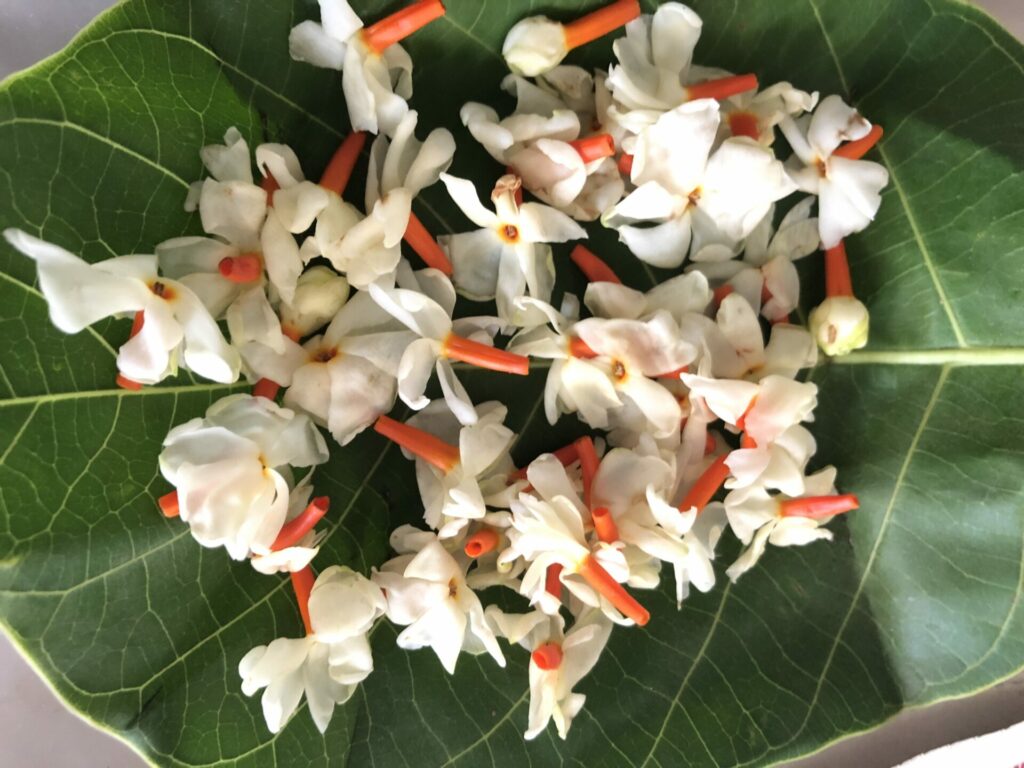
Night jasmine, also known as parijat in the local language.
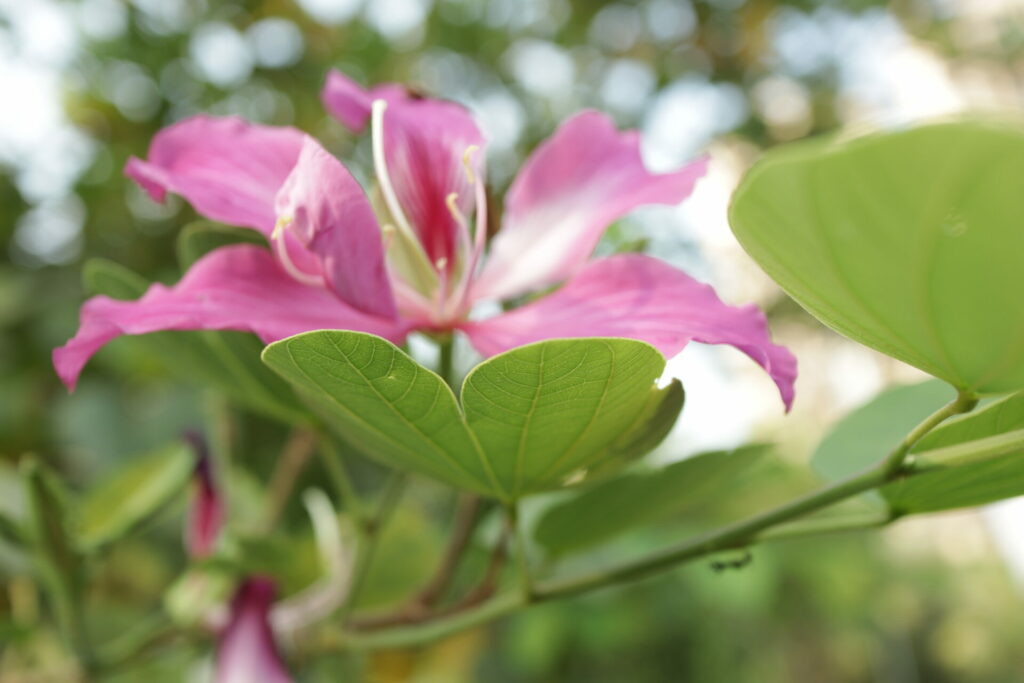
Bauhinia flower
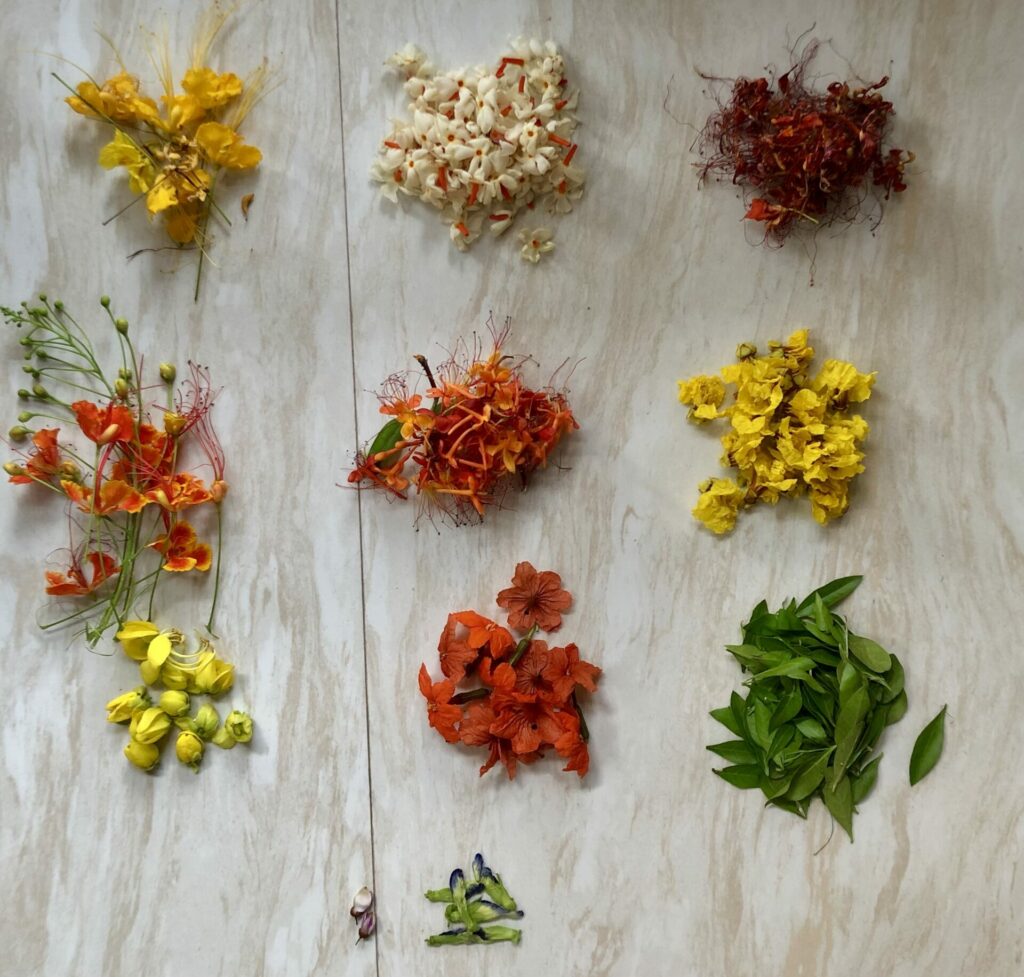
Foraged flowers of the urban wild, Bombay
Hapa-zome technique
Despite not having my dye and ink making tools, I yearned to capture the mesmerizing colors of the flora I foraged from the urban wilderness. The simplest approach to preserving the beauty of these flowers was through the application of hapa-zome technique. By gently pounding the natural pigments derived from the flowers and leaves onto the paper, captivating and distinctive prints emerged. The end result comprised a collection of exquisite natural prints that authentically encapsulate the essence of the local flora. Hapa-zome technique serves as a splendid means to pay homage to indigenous plants while simultaneously crafting something of breathtaking beauty.
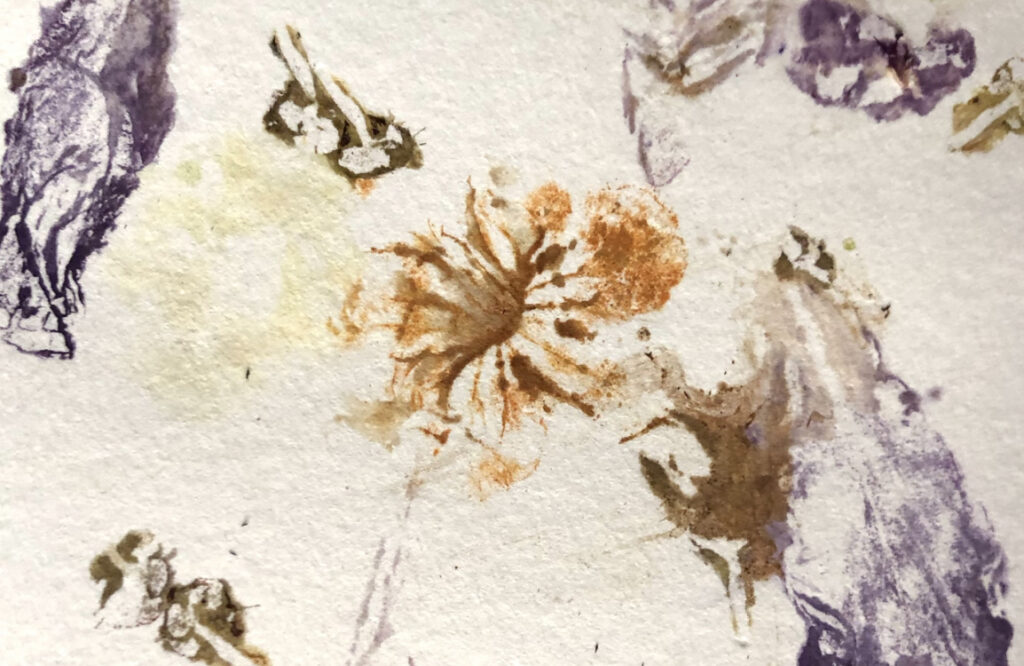
Hapa-zome print with flowers of Cordia sebestena, lantana & Bauhinia flower petals
Natural Ink Making Exploration
I eventually experimented with extracting dyes and inks from plants such as butterfly pea, flame of the forest flowers, and bougainvillea, and the resulting colors were absolutely stunning.
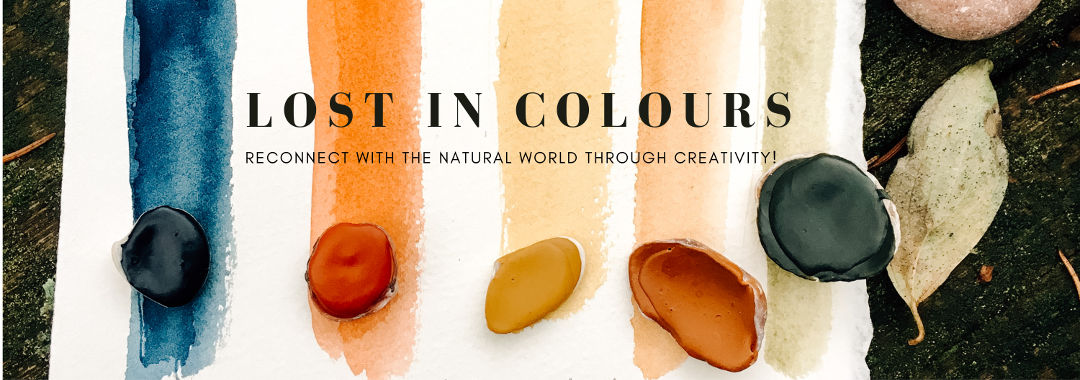
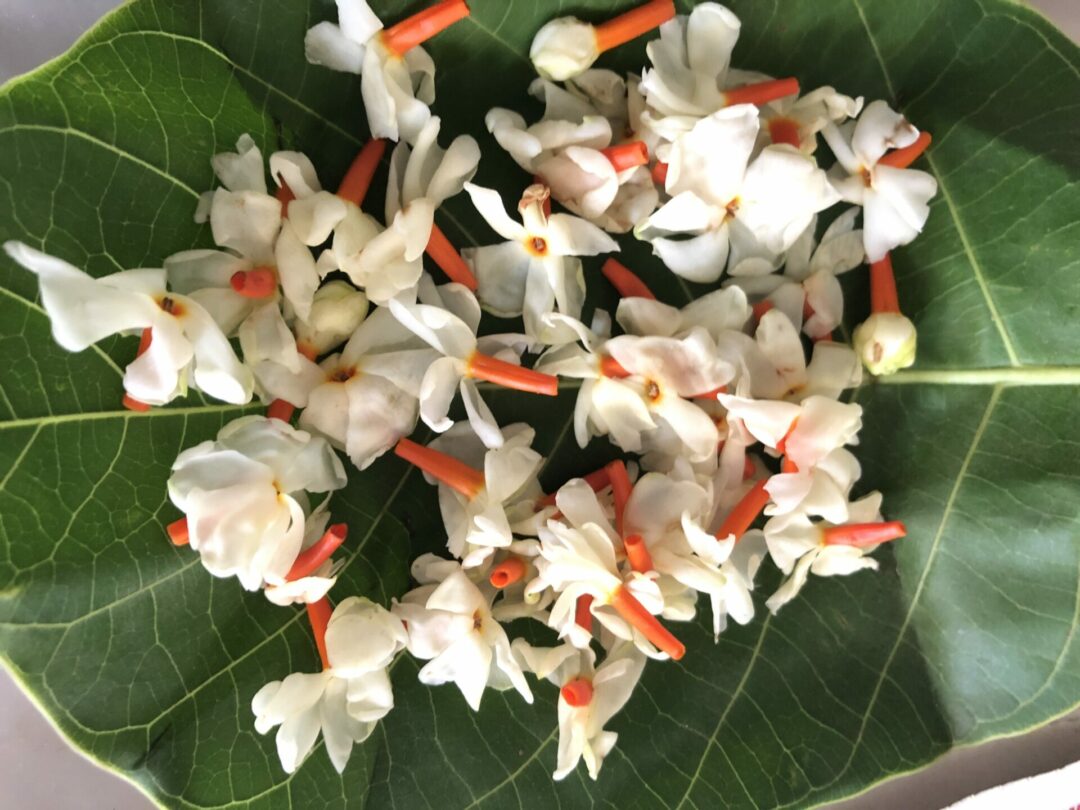
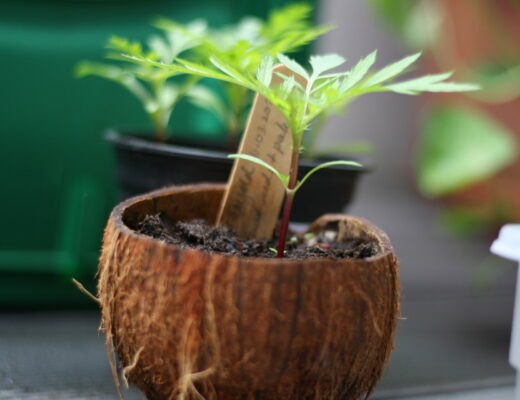
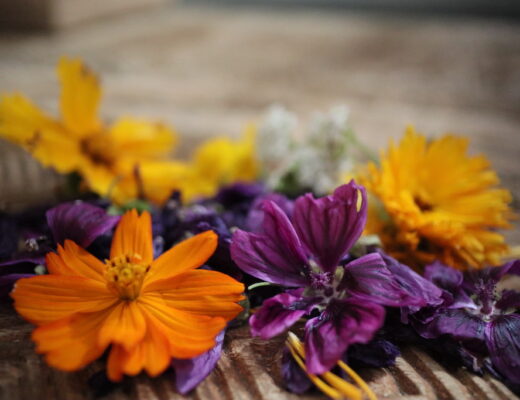
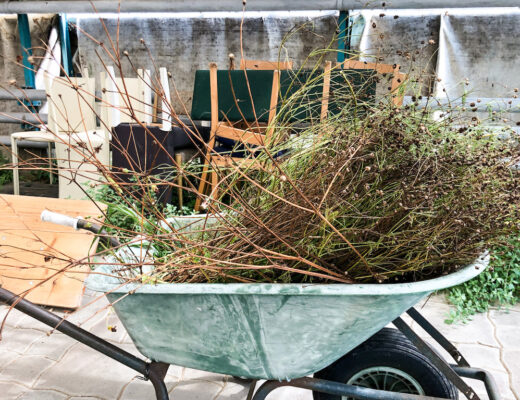
No Comments